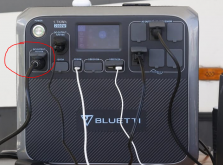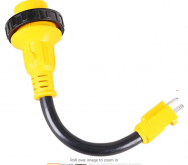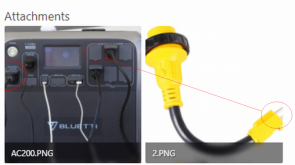veemyster321
New Member
- Joined
- Oct 12, 2020
- Messages
- 3
Hi all,
Going to a campground that doesn’t allow u to turn on your gas generator. Curious, is there an easy plug-n-play for a Bluetti AC200 to plug-into an RV for rent?
Any details would be great.
Going to a campground that doesn’t allow u to turn on your gas generator. Curious, is there an easy plug-n-play for a Bluetti AC200 to plug-into an RV for rent?
Any details would be great.





